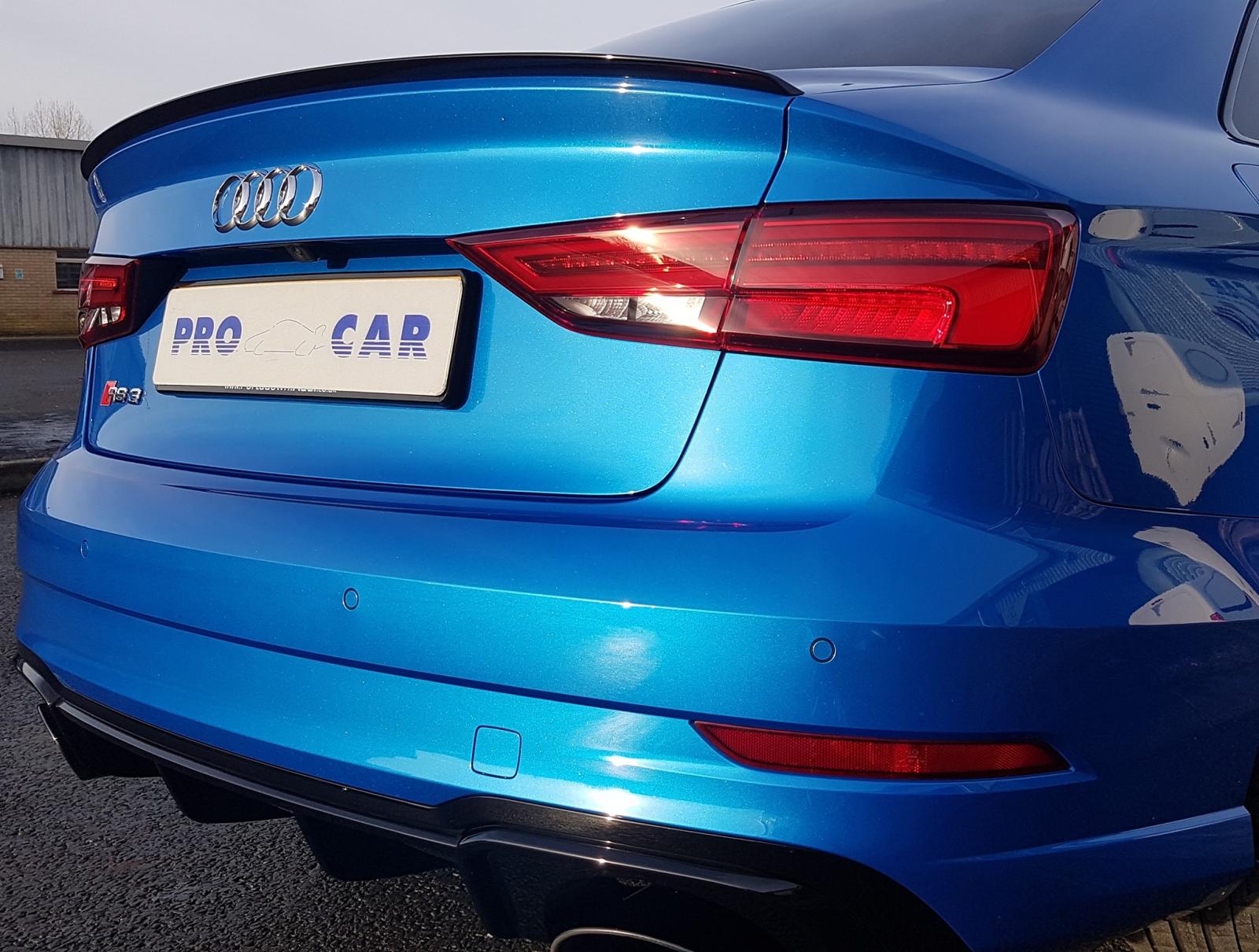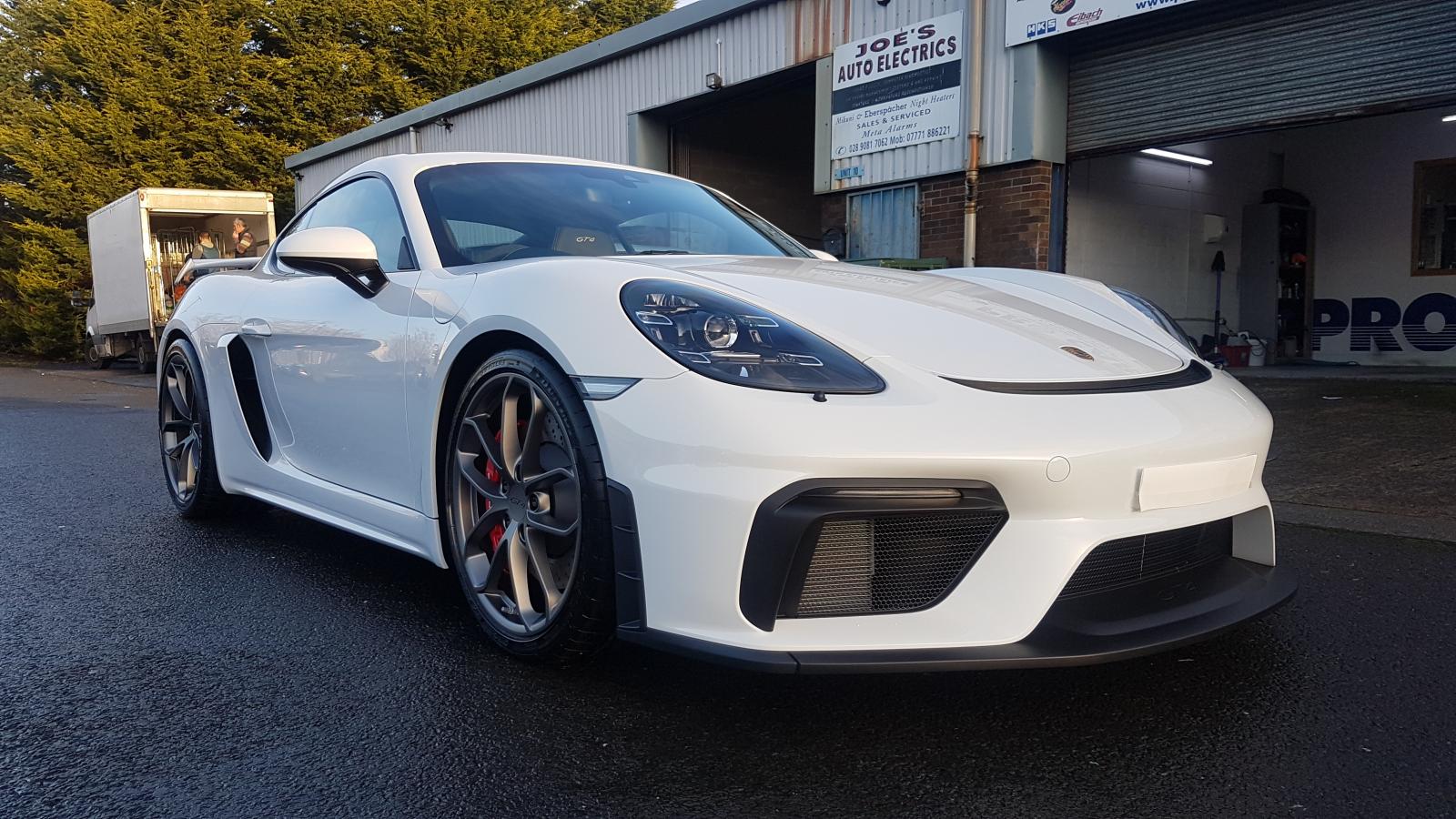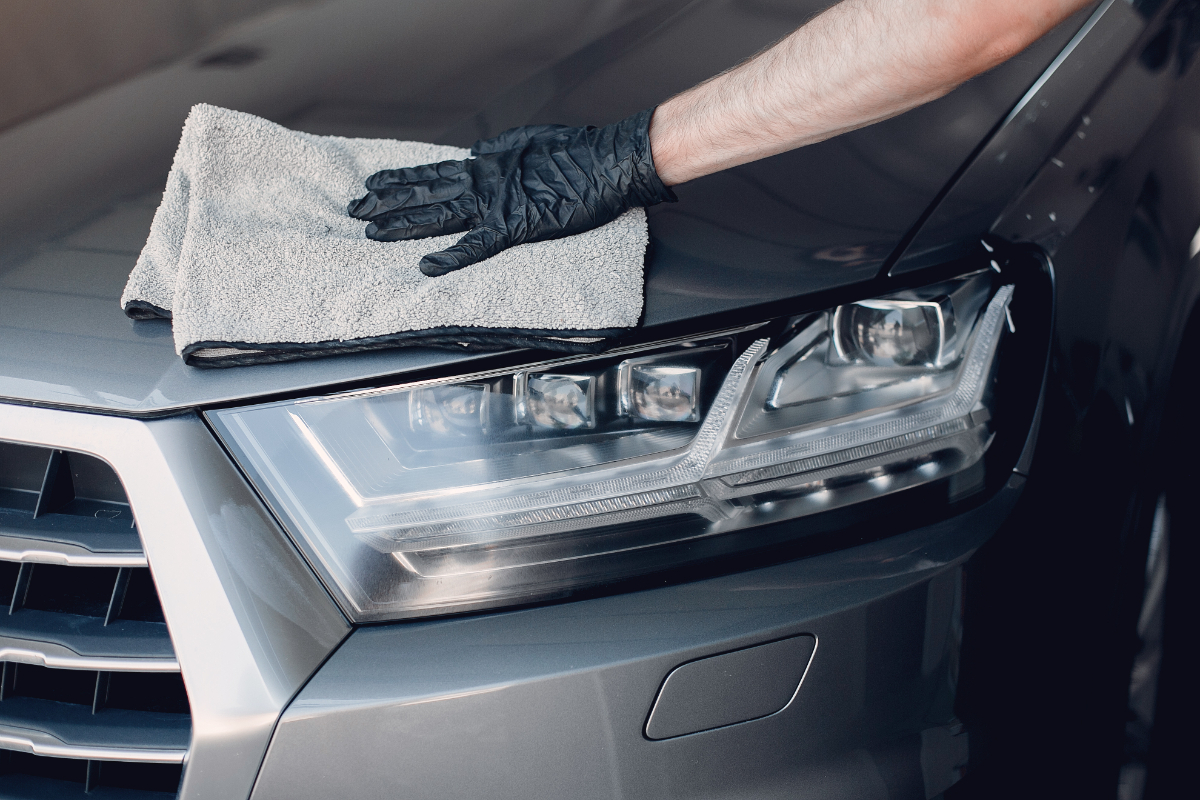Prevent Common Car Body Finish Mistakes with our detailed guide. Learn about the dangers of skipping proper surface protection and paint type errors.
Skipping Proper Surface Preparation
Failing to apply proper surface protection can lead to long-term damage that affects both the appearance and durability of a car’s body finish. Without a protective layer, the paintwork is more vulnerable to scratches, fading, oxidation, and environmental damage.
One of the biggest risks of skipping protection is UV damage. Prolonged exposure to sunlight causes the paint to fade, making it appear dull and lifeless. UV rays also break down the paint’s chemical structure, leading to premature ageing and cracking. A ceramic coating, wax, or sealant can help block UV rays and preserve the car’s original colour and gloss.
Road salt, dirt, and pollutants stick more easily to unprotected surfaces, leading to oxidation and corrosion. This is particularly problematic in the UK, where wet and cold weather can accelerate rust formation. Skipping protection also makes cleaning more difficult; over time, this can lead to micro-scratches and swirl marks. Investing in proper surface protection keeps your vehicle looking pristine and helps preserve the vehicle's value over time.
Using the Wrong Type of Paint or Finish
Automotive paint is specially formulated to withstand various weather conditions, so using an unsuitable product can result in fading, peeling, or even corrosion over time.

One common mistake is using household or industrial paint instead of automotive paint. As a result, they can crack, peel, or react poorly to temperature changes. Urethane, acrylic, and enamel-based formulas, are made to bond with car body panels and provide long-lasting protection.
Another issue arises if the wrong paint type is used. If solvent-based paint is applied over a water-based primer (or vice versa), it can cause bubbling, lifting, or improper curing. Additionally, failing to use a compatible clear coat can leave the paint vulnerable to scratches and oxidation.
Using the wrong finish can also affect the car's appeal and maintenance. Matte finishes, for example, require special care and shouldn't be polished or waxed like glossy finishes. Applying a glossy coat over a matte base can create an uneven look that reduces the paint's effect.
Not Allowing Enough Drying or Curing Time
Failing to allow enough drying or curing time when painting a car can lead to serious issues that affect the appearance, durability, and longevity of the finish. Automotive paint requires a precise drying and curing process to ensure it adheres properly. Rushing this process can result in soft, uneven, or easily damaged paintwork.
One of the most common problems caused by insufficient drying time is runs and sagging. If extra coats are applied before the previous layer has dried properly, the paint may not adhere correctly, leading to an uneven surface. This creates a wavy or streaked appearance that requires sanding and repainting to correct. Another issue is trapped solvents, which occur when the paint does not fully cure before it's sealed. This can lead to bubbling, peeling, or cracking over time as trapped moisture or gases try to escape.
It's essential to follow the manufacturer’s recommended drying times to ensure a smooth, long-lasting finish that enhances the vehicle’s appearance and protection.
Using Low-Quality Materials and Tools
Using low-quality materials and tools when painting a car can impact the appearance, durability, and longevity of the finish. Automotive painting requires high-grade paint, primers, and application tools to ensure a smooth, professional result. Cutting corners with low-quality products can lead to uneven coverage, poor adhesion, and premature wear.

Cheap paints often lack proper UV protection, causing them to fade, discolour, or oxidise faster. They can also be more prone to chipping, peeling, or cracking. Poor-quality primers and clear coats also weaken the overall finish.
A low-grade primer may not adhere properly to the surface, leading to bubbling and flaking, while a low-quality clear coat may fail to protect your vehicle against scratches and damage.
Using the wrong tools, such as cheap spray guns, rollers, or low-quality brushes, can lead to streaks, uneven layers, and excessive overspray. This creates a rough or patchy surface that requires additional sanding and refinishing to fix.
Investing in high-quality paints, primers, and equipment ensures that you achieve a better result and long-lasting protection.
Pro Car provides high-quality ceramic car coating services. Our coatings can enhance your vehicle's shine and make maintenance easier. We can keep your vehicle looking pristine while extending the life of its paintwork.

